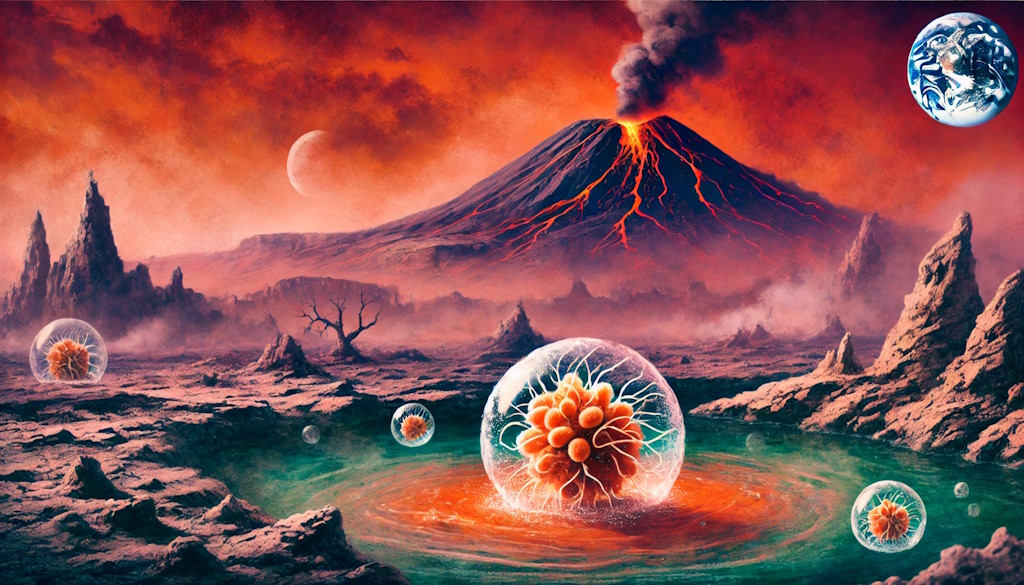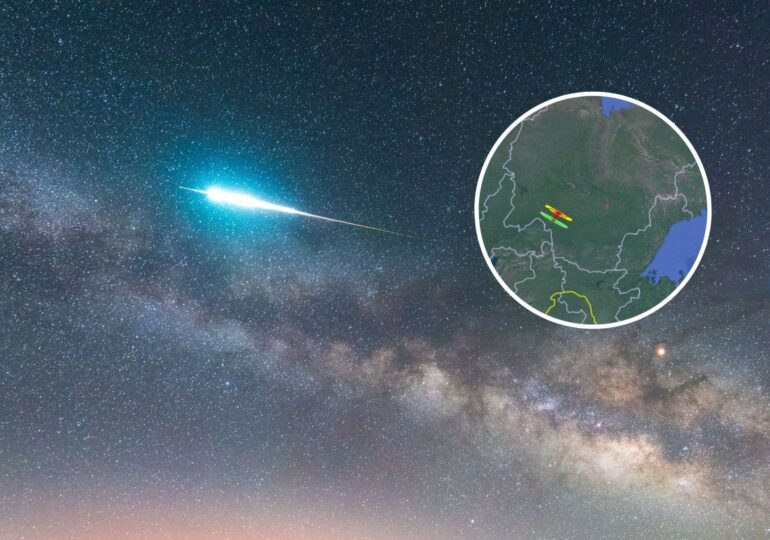Discover LUCA: The Ancient Ancestor of All Life on Earth

New findings reveal LUCA, the ancient common ancestor of all life, existed 4.2 billion years ago and possessed a rudimentary immune system
Recent research suggests that the origin of all life on Earth, known as the last universal common ancestor (LUCA), can be traced back to 4.2 billion years ago. This timeline pushes the emergence of LUCA back by 300 million years from previous estimates. LUCA, a primitive cell similar to today’s bacteria, existed in a time when Earth was still young, with extremely high temperatures and very little oxygen in the atmosphere.
Unveiling LUCA’s Age
The discovery came from a study published in Nature Ecology & Evolution, led by Dr. Davide Pisani from the University of Bristol and Sandra Álvarez-Carretero from University College London. The team used advanced genomic analysis techniques, comparing the genes of 700 species of bacteria and archaea. By cross-referencing this data with ancient fossils, such as 3.48-billion-year-old microbial mats found in Australia, the researchers were able to accurately estimate LUCA’s origin at 4.2 billion years ago.
LUCA’s Habitat in the Hadean Eon
LUCA existed during the Hadean eon, an era defined by extreme heat, frequent volcanic activity, and an atmosphere largely devoid of oxygen. Life at that time had to endure harsh environments, including scalding oceans and an unbreathable atmosphere. Scientists believe that LUCA may have thrived in underwater hydrothermal vents or hot springs, where it adapted to the high temperatures and toxic gases. This ability to live in such extreme conditions made it resilient in the chaotic environment of early Earth.
Genetic Clues About LUCA
Genomic studies have revealed that LUCA likely had a simple structure but contained some of the same basic building blocks found in modern cells. Researchers believe LUCA possessed essential proteins for basic life processes, such as protein synthesis and replication. Interestingly, it may have also had a rudimentary immune system, allowing it to fend off early forms of microbial threats. These insights provide a glimpse into how even the earliest life forms were already evolving mechanisms for survival.
Insights into Early Earth
Understanding LUCA’s survival in the Hadean eon offers valuable insights into early Earth’s conditions. The planet’s extreme temperatures and volcanic activity created environments where life had to adapt quickly. LUCA’s ability to live in hot, oxygen-deprived ecosystems suggests that early life on Earth was more versatile and adaptable than previously thought. It also sheds light on how life could potentially exist in similar extreme environments elsewhere in the universe, such as on icy moons or exoplanets.
Evolutionary Implications
LUCA represents the common point from which all life on Earth, including plants, animals, and microbes, evolved. Its discovery not only deepens our understanding of life’s origins but also highlights the intricate connections between all species on Earth. Over billions of years, this primordial ancestor branched into the diverse forms of life we see today, emphasizing the shared evolutionary history of every organism.
LUCA’s ancient existence demonstrates that life emerged on Earth relatively soon after the planet formed, raising fascinating questions about how and where life first began. It also opens new possibilities for exploring life’s resilience and adaptability in the face of extreme environmental conditions.






















